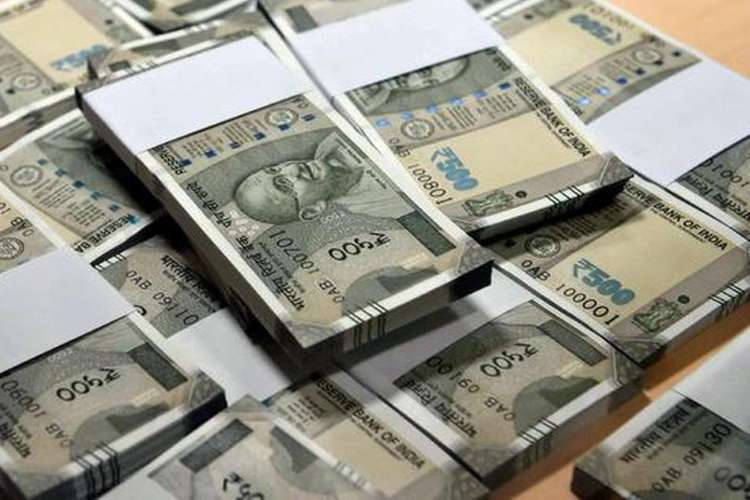India has long struggled with the problem of illicit wealth parked in foreign tax havens. Often rooted in corruption, tax evasion, and capital flight, these outflows undermine the integrity of India’s financial system. Transparency International’s Corruption Perceptions Index 2024 places India at a troubling 96th position out of 180 countries, with its score dipping to 38 — an indicator of the challenges that persist.
To combat this, the government has invoked the Black Money (Undisclosed Foreign Income and Assets) and Imposition of Tax Act, 2015, under which tax demands totalling ₹35,104 crore have been raised. Yet, only ₹338 crore has actually been recovered. This stark mismatch, revealed by minister of state for finance Pankaj Chaudhary, raises troubling questions about the efficacy of India’s legal tools in curbing illicit financial flows.
READ I Gender gap: India’s growth story is failing its women
The mechanics of capital flight
Illicit funds typically exit the country through complex, well-camouflaged methods. Trade mis-invoicing is a common practice — where goods are either under-priced when exported or over-priced when imported. A company might, for example, sell goods at below market rates to a related offshore entity, which in turn resells them at full value, thus shifting profits out of India and into jurisdictions like Singapore, the UAE, or Mauritius.
Then there is the informal but vast hawala network. This trust-based system enables fund transfers without the actual movement of money, making it nearly invisible to formal financial oversight. Cash handed over in India can be paid out in an overseas tax haven, often with no paper trail. The opacity of these transactions makes enforcement exceptionally difficult.
Shell companies and opaque trusts in secrecy jurisdictions like Switzerland serve as additional vehicles for hiding ownership and laundering proceeds. Gold smuggling and illicit diamond trades offer further conduits for wealth transfer—practices that persist due to weak enforcement and regulatory arbitrage offered by foreign financial systems.
A weapon with blunt edges
The Black Money Act imposes a 30% tax on undisclosed foreign income, a 90% penalty, and potential imprisonment of up to seven years. As of March 2025, this has resulted in 1,021 assessments, ₹21,719 crore in tax demands, ₹13,385 crore in penalties, and 163 prosecution complaints.
Complementing this is the Prevention of Money Laundering Act (PMLA), 2002, which authorises asset seizures. India is also part of the Automatic Exchange of Information (AEOI) initiative, under which countries like Switzerland share annual financial data of foreign nationals with Indian tax authorities.
Laws such as the Companies Act, 2013 aim to tighten corporate disclosures, while the Whistle Blowers Protection Act, 2011 — still awaiting full implementation—seeks to safeguard those who report corruption. Despite these layers of legislation, enforcement remains sluggish and patchy.
Structural weaknesses and institutional fatigue
The recovery rate under the Black Money Act — less than 1% — exposes critical institutional shortcomings. Complex corporate structures, legal secrecy in tax havens, and delays in international cooperation hinder investigation and prosecution.
The Swiss authorities recently clarified that the ₹37,600 crore of Indian-linked funds in 2024 is not all black money, but includes legitimate transactions — highlighting the challenge of distinguishing between legal and illicit holdings. The case of Hasan Ali Khan, where an initial demand of ₹71,848 crore was reduced to ₹3 crore, typifies the broader failure of prosecutorial efforts.
India’s slow-moving judicial process, compounded by corruption in enforcement agencies, further weakens deterrence. While laws have helped reduce some tax evasion, they are clearly inadequate in the face of globalised financial crime.
From bilateralism to global alignment
The Supreme Court’s 2011 directive to treat black money as “plunder” rather than a mere tax offence remains largely unimplemented. If India is serious about stemming this outflow, it must move beyond reactive enforcement.
Policy responses need to be more ambitious. These include accelerating judicial timelines, strengthening prosecution capacity, and building institutional alliances with countries beyond the traditional tax havens. Recent agreements like the one with Mauritius — focusing on cooperation between India’s Enforcement Directorate and the Mauritius Financial Crimes Commission—are steps in the right direction, but remain limited in scope.
The government must also prioritise implementation of the Whistle Blowers Protection Act. Encouraging insiders to report wrongdoing could plug critical gaps in enforcement intelligence.
Illicit financial flows are more than just a fiscal problem. They erode trust in institutions, corrode democratic processes, and compromise human rights. The World Bank and IMF have repeatedly highlighted how corruption impairs long-term development, deters investment, and deepens inequality.
As India aspires to become a $30-trillion economy by 2047, curbing the black money menace will be central to sustaining that ambition. The challenge is not only about tracing foreign accounts—it is about fixing systems at home, deepening institutional integrity, and ensuring that the legal framework does more than generate headlines. It must deliver results.

